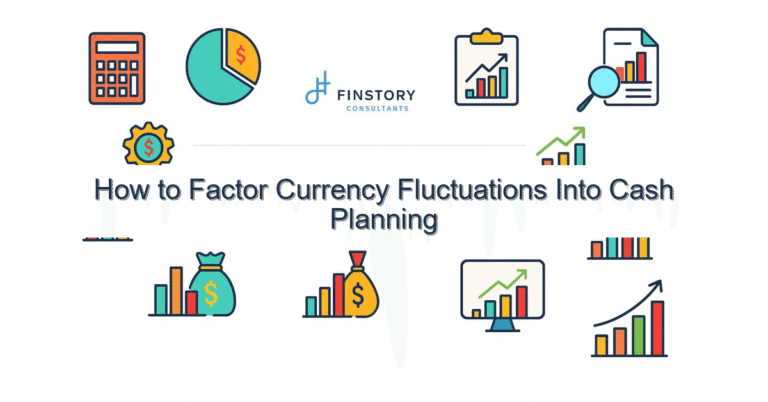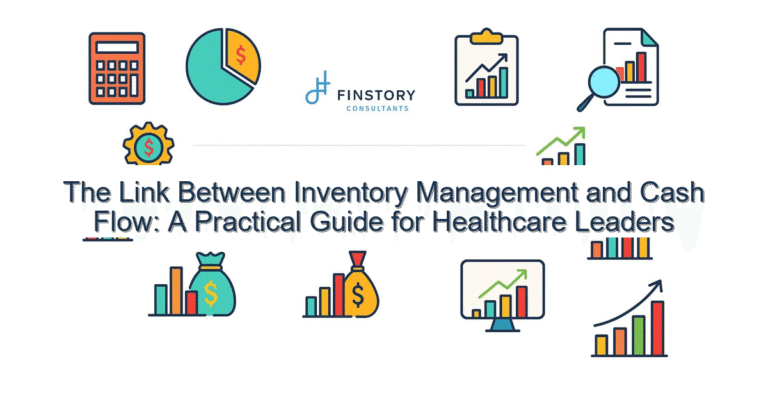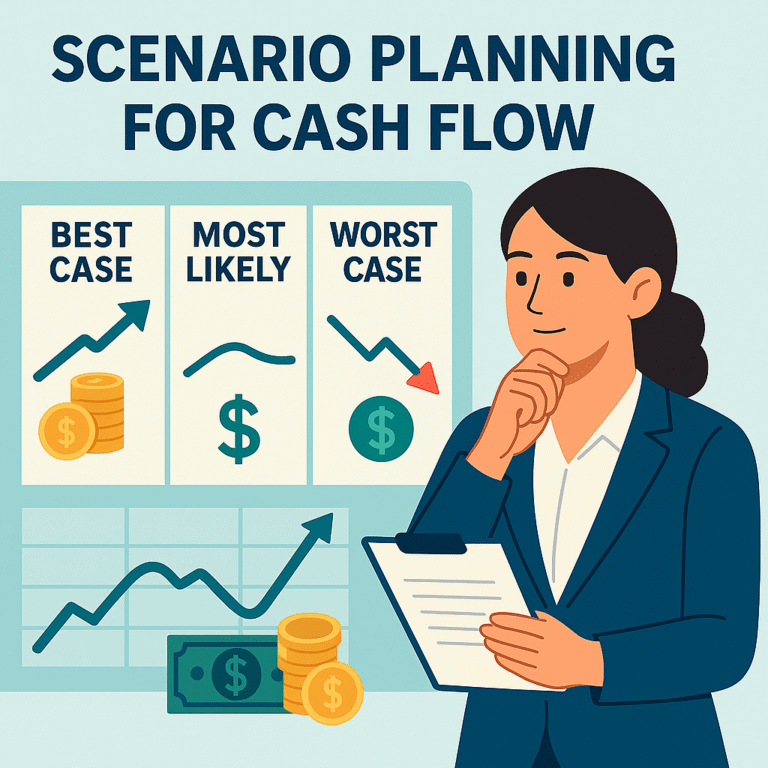How to Build a Rolling Forecast That Actually Works
Picture this: you’re running a business, and things are going well. But suddenly, a major supplier hikes prices, or a big client delays payment.
Now what?
Many businesses rely on a budget set at the start of the year. But the problem is, life rarely sticks to the script. That’s where a rolling forecast becomes your secret weapon.
What Exactly Is a Rolling Forecast?
In simple terms, a rolling forecast is a financial plan that’s always looking forward.
Instead of forecasting just January to December, you keep updating your numbers every month or quarter so you’re always projecting, say, the next 12 months.
Think of it like shifting your car’s GPS forward every time you drive a few more miles. You never lose sight of what’s ahead.
Why a Static Budget Isn’t Enough
Let’s take two real-world examples:
Example 1: The Booming Retailer
A retail company planned ₹10 crores in sales for the year. Halfway through, a viral social media trend sent demand for one of their products through the roof.
- The original budget didn’t account for this spike.
- Inventory ran short.
- They missed out on potential profits.
If they’d had a rolling forecast, they could have:
- Revised sales projections upward.
- Ordered more stock sooner.
- Managed cash flow to handle sudden growth.
Example 2: The B2B Services Firm
A consulting firm budgeted conservatively for the year. Midway through, one of their biggest clients paused projects due to industry changes.
- Their static budget showed no warning.
- Cash flow suddenly tightened.
- They scrambled to cut costs.
With a rolling forecast, they could have:
- Spotted the revenue dip early.
- Adjusted expenses gradually.
- Explored new client work to fill gaps.
How to Build a Rolling Forecast Step by Step
Here’s how to make a rolling forecast that’s not just another spreadsheet gathering dust:
1. Pick Your Forecast Horizon
Most businesses forecast 12 months ahead.
Example:
- In March, you’d forecast April through the next March—not just December.
2. Start With Actuals
Base your forecast on real, up-to-date numbers, like:
- Current sales trends
- Actual expenses
- Seasonality in your industry
This makes forecasts far more accurate than pure guesses.
3. Identify Key Drivers
Focus on the big levers that move your business, such as:
- Number of clients
- Average purchase value
- Marketing spend
- Employee count
You don’t need to forecast every tiny expense line.
4. Update Regularly
A rolling forecast isn’t “set and forget.” Schedule updates:
- Monthly → For fast-changing businesses
- Quarterly → For stable industries
This ensures you’re always looking forward, not stuck reacting.
5. Keep It Simple
Don’t overcomplicate your model.
A simple rolling forecast is more useful than a monster spreadsheet nobody wants to touch.
How a Virtual CFO Can Help
Let’s be honest: keeping a rolling forecast current can feel overwhelming if finance isn’t your favorite task.
A Virtual CFO can:
- Build a rolling forecast tailored to your business model.
- Identify the right drivers to track.
- Help you spot trends and adjust quickly.
- Translate numbers into decisions you can act on.
They’re not just number crunchers—they’re strategic partners who help keep your business nimble.
A Quick Tip for Getting Started
If rolling forecasts are new for you, start small:
- Pick just 3–5 key metrics.
- Project them forward monthly.
- Review them at the end of each month.
Even this basic approach can give you insights that static budgets never will.
Final Thoughts
A rolling forecast isn’t just about fancy spreadsheets—it’s about staying ahead of the curve.
Instead of crossing your fingers and hoping your annual budget holds up, you’ll be able to adjust with confidence.
So let me ask: Is your business steering toward the future—or just coasting on last year’s plan?
If you’re ready to build a rolling forecast that actually works—and want help making sense of the numbers—a Virtual CFO could be the partner you’ve been looking for.






